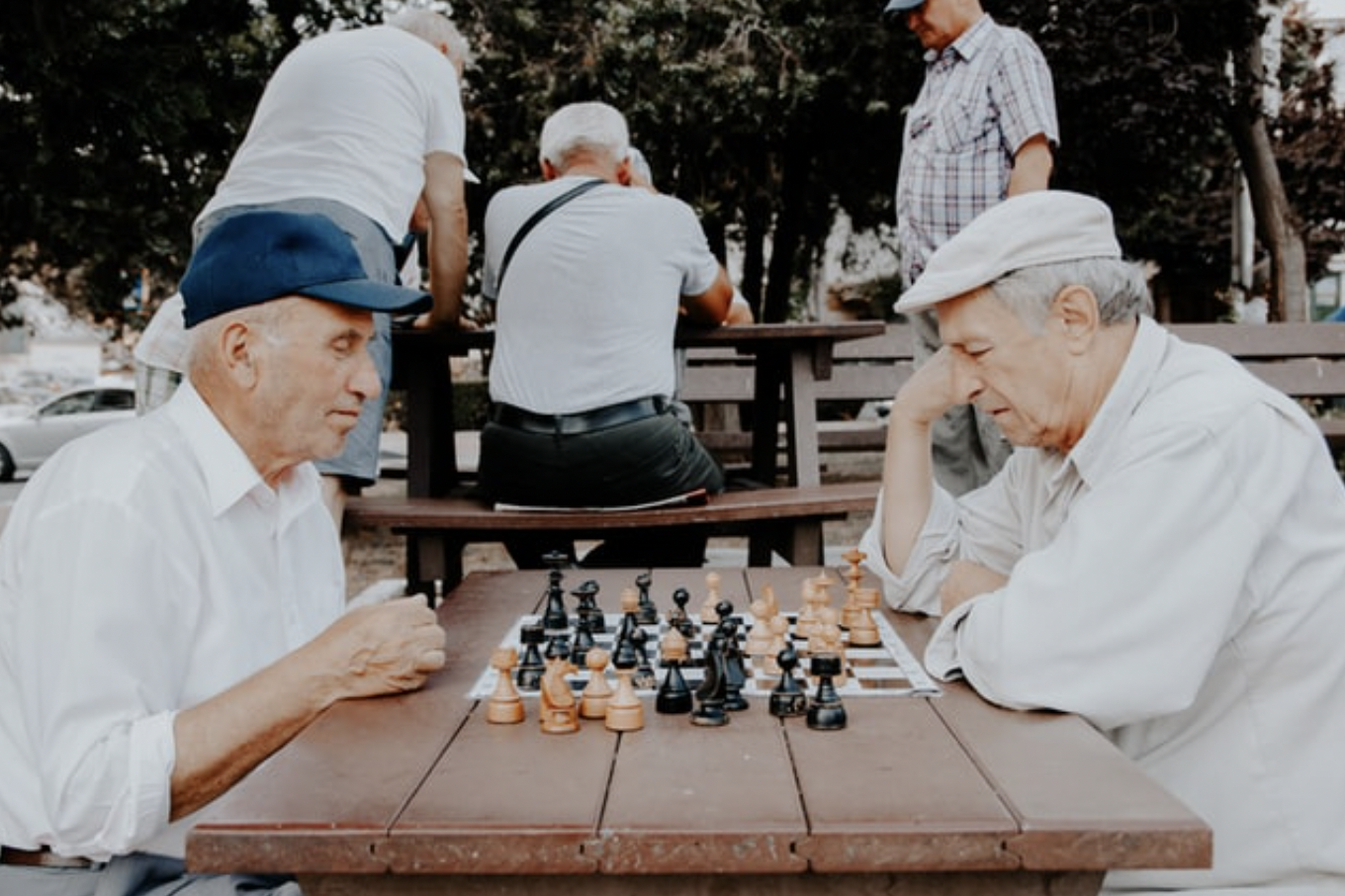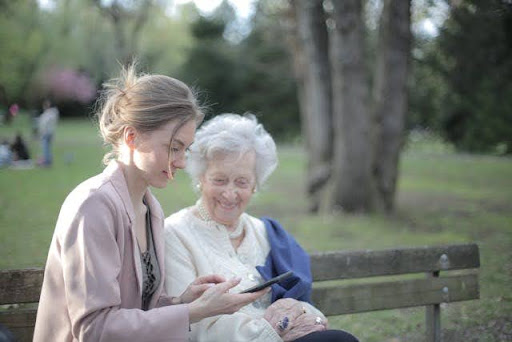There’s a belief that’s held by some individuals and societies that can be very troubling, and it’s an old adage you may have heard before: If it ain’t broke, don’t fix it. As in, if something has been working for a long time, there’s no reason to try and change it.
Except here’s the issue: just because something appears to be functioning doesn’t mean that it’s working well. One example of this is the idea of senior isolation. We accept that loneliness is just a reality of aging, and we take for granted just how heavily this isolation weighs on older adults — not just mentally, but physically as well.
Committed to keeping residents safe and in good spirits, skilled nursing facilities and long-term care centers have a number of initiatives in place to ensure that residents are well taken care of. To combat loneliness in residents, these facilities are diligent about prioritizing socialization and engagement. Most of the time, the center’s staff creates and implements an activity calendar that all residents are encouraged to participate in. This can include activities like arts and crafts, theme days, music classes, and excursions for individuals able to travel.
Executives at SNFs and LTC centers keep their fingers on the pulse of resident engagement in these activities as an indicator of how happy their residents are, but activity calendars are just one aspect of what makes up a strong community. Residents also view friendships and personal connections as an important part of their experience.
While residents are able to congregate in shared areas throughout the day, there’s more executives and staff can do to strengthen connections between residents. The pandemic not only brought this issue into light, but it demonstrated how we can continue to nurture relationships between residents and their families, but also with other residents living within the facilities.
Technology is the main proponent of bridging personal connections between residents. Video chat capabilities and messaging platforms give residents an outlet to develop deeper connections with others outside of activities and time spent in common spaces.
Personal connections drive residents to become even more engaged in the facility, which is why connections and resident participation in activities go hand in hand. When residents have the means to make friends, they’ll be more involved in the community your staff has worked so hard to build; as a result, they’ll be more willing to stay at the facility for the long-term. This has a snowball effect, where all of these factors contribute to a happier, healthier environment where residents can thrive.
Research has proven that isolation leads to a number of issues in older individuals. Without personal connections, seniors become more anxious, are more likely to have fits of anger, and become more susceptible to physical ailments like high blood sugar, heart disease, and weakened immune systems. Because your residents will likely live out their last days at your SNF or LTC center, it’s crucial to help them form the connections that will ensure they are the happiest they can be.
In addition to your activity calendars, give your residents the technology and opportunities they need to build stronger connections with other residents living in your community.





